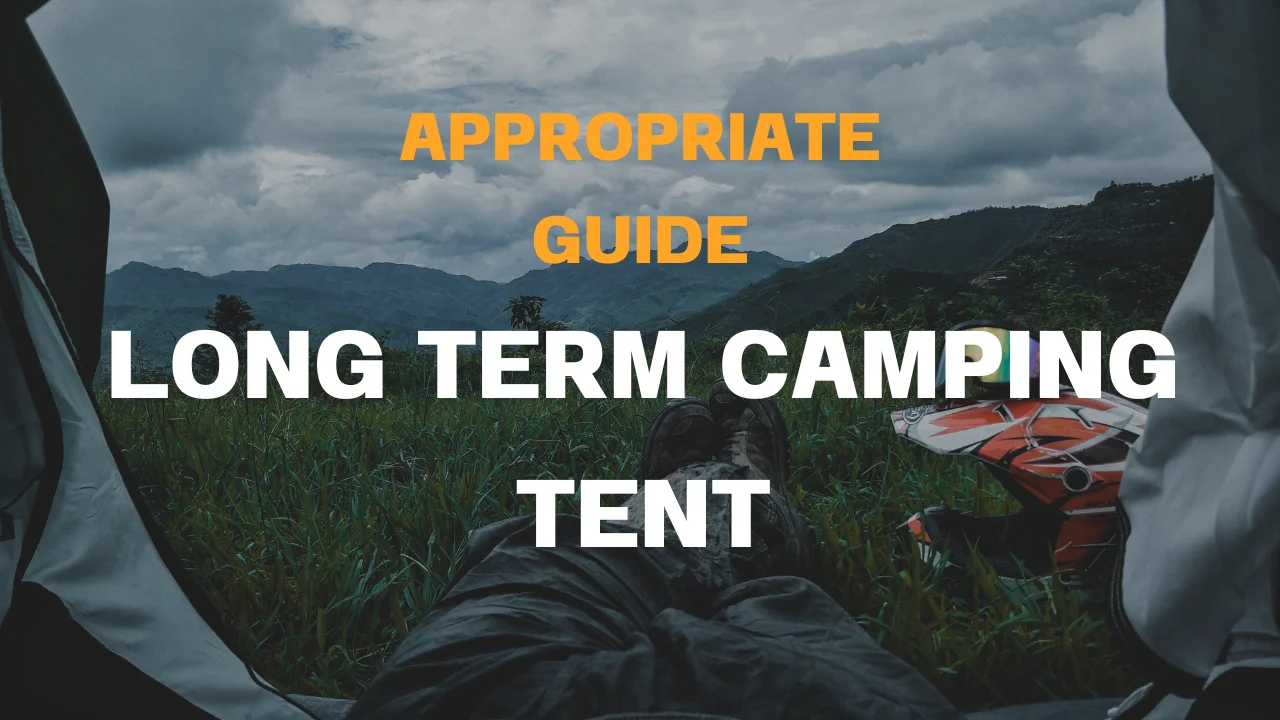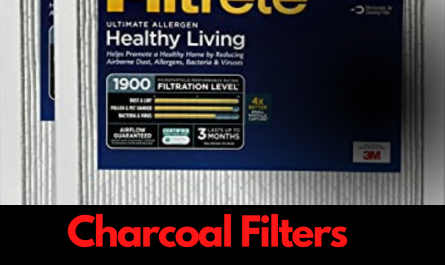Are you planning on leading an eco-friendly, long-term lifestyle? We need a strong, eco-friendly tent to achieve the goal and ensure it lasts a long time. Finding such an item may initially seem daunting, with so many choices that extended period. Don’t worry, though we have everything covered in this article.
We will take you through all the essential factors when selecting a tent to suit your sustainable lifestyle. From tent materials and sizes to features you should look out for when making an informed decision. If you need excellent options for a long term wall tent that stands against high wind then you know the following details.
Let us guide your search and help find you an excellent long-term option when you choose a tent!
Table of Contents
Importance of Selecting an Eco-Friendly Tent for Sustainable Living
Every decision counts regarding sustainable living, including choosing the right tent. A durable tent will reduce waste by requiring less frequent replacement. Furthermore, such sustainable tents will have a minimal environmental impact, thus decreasing your ecological footprint.
Selecting an ideal tent can further enrich your camping experience. A well-made tent protects from outdoor elements while offering privacy, security, and comfort – creating an enjoyable camping adventure!
You can select various tent types for sustainable living, each one providing unique features and benefits. Here are some of the more commonly seen tent models with their pros and cons:
1: Dome Tents
Dome tents are an increasingly popular camping choice in various sizes and styles. Their curved shape provides plenty of space and is easy to set up, perfect for windy conditions! Dome tents also boast excellent wind resistance properties making them the ideal solution.
2: Cabin Tents
Its Cabin tents are large, spacious tents suitable for family camping trips. These tents feature straight walls with high ceilings to allow plenty of headroom. Furthermore, these cabin tents provide a comforting home-like experience making them the perfect option for longer camping excursions.
3: Backpacking Tents
Backpacking tents are lightweight and compact, making them the ideal companions for hikers and backpackers. Backpacking tents are simple to set up and pack away. They don’t occupy much space in your backpack and can withstand bad weather.
Factors to Keep in Mind when Selecting a Sustainable Tent
When you purchase a sustainable tent, you should keep several considerations in mind. Here are a few essential ones.
Materials and Sustainability
Tent materials play a critical role when it comes to sustainability. Think about using eco-friendly materials like organic cotton, recycled polyester, and bamboo for tents. These materials have less impact on the environment compared to nonbiodegradable PVC, which has harmful effects.
- When looking for a tent, choose one that is very durable. This will save you money and prevent waste in the long run. A sturdy tent can withstand strong wind and frequent use. This saves money in the long term because it lasts for multiple seasons before needing replacement or repairs.
- Choose the right tent size by considering the number of people using it and their needs. A giant tent provides more space but may be heavier and more complex to erect than its smaller counterpart.
Features
When purchasing your tent, look for features to enhance the camping experience, such as ventilation, storage pockets, and rainflies. These will make camping trips more comfortable and enjoyable.
Searching for eco-friendly materials when selecting sustainable tent materials is also wise.
Various options to choose from for sustainable tent materials exist. Here are some of the best sustainable tent materials:
- Tents crafted from organic cotton are eco-friendly and biodegradable. Produced without harmful pesticides or chemicals, organic cotton provides a sustainable option.
- Eco-friendly tents made from recycled polyester show our dedication to reducing waste and being environmentally conscious. Using plastic bottles for other things reduces landfill waste. It gives a purpose to materials that would otherwise be wasted.
- Sustainable bamboo tents make use of eco-friendly bamboo, which is biodegradable and long-lasting. They are a good choice for sustainable living.
- Bamboo tents are sustainable and eco-friendly due to their use of wood. They are good long-term investments for sustainable living. Eventually, they make for long-term investments, too – see further below for our selection.
Consider these features when searching for a sustainable tent:
1. Ventilation
Good ventilation in your tent helps airflow, reducing condensation and keeping you comfortable in hot weather and cold weather.
2. Storage Pockets / Lockable Compartments
Tents with pockets keep gear off the ground, making it easier to find what you need and reducing clutter.
3. Rainfly
A rainfly keeps you dry while camping in wet weather, making your experience enjoyable regardless of the weather conditions. These top sustainable tent brands will ensure your comfort throughout.
When choosing an eco-friendly tent brand, there are several sustainable options available.
Here are a few examples.
1. Tentsile
Tentsile is a UK-based company that creates eco-friendly tents made from recycled materials with minimal environmental impact. These tents can be suspended between trees for convenient camping.
2. Nemo Equipment
Nemo Equipment creates eco-friendly tents with recycled polyester and organic cotton for sustainable living spaces. Their tents are durable and long-term investments for long-term investment in living sustainably.
Agnes, renowned for their environmentally conscious practices, manufactures tents using recycled polyester and bamboo, ensuring long-lasting quality, waste reduction, and cost-effectiveness. Maintenance requirements are minimal, too – with eco-friendly care being the norm for these durable camping gear!
You must give proper care and maintenance for the maximum durability of your tent.
Here are some suggestions for sustainable tent maintenance:
1. Clean your tent every use
Clean your tent after each use to prevent dirt and debris from harming the fabric and to maintain its durability. Use a mild soap with warm water instead of harsh chemicals, which could harm the environment.
2. Properly Store Your Tent
Keep your tent in a dry, cool place to prevent mold and mildew. Also, avoid exposing it to direct sunlight to protect the fabric.
3. Repair Any Damage Promptly
Repair your damaged tent promptly to prevent more damage and extend its lifespan and canvas material. See this blog entry from Camping Green Living Tips (CLG) for sustainable camping tips.
Along with choosing a sustainable tent, camping sustainably involves other measures.
Here are a few suggestions:
- Use eco-friendly gear of sustainable materials like bamboo or recycled polyester, and Pack reusable containers.
- Use reusable containers for food and drinks to save money, reduce waste, and conserve resources.
- When you go camping, make sure to clean up all trash and pack everything before you leave your campsite. This will help to keep the campsite as clean as it was when you first arrived.
- Find a durable, eco-friendly tent to lessen your environmental impact and live sustainably.
By following the advice in this guide, you can choose an eco-friendly model and ensure it remains in good condition while camping out. You will use eco-friendly gear while camping to live sustainably while camping out. You are taking these steps can allow you to take full advantage of nature while leaving no trace of yourself on it all! With these tips, you can experience nature while minimizing its effects on our world! You can choose form this as well


